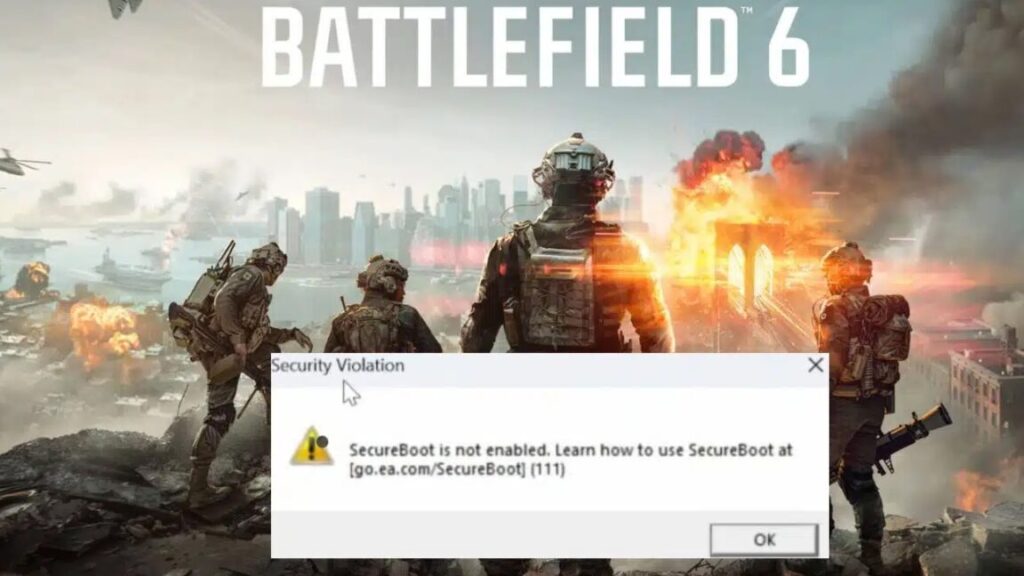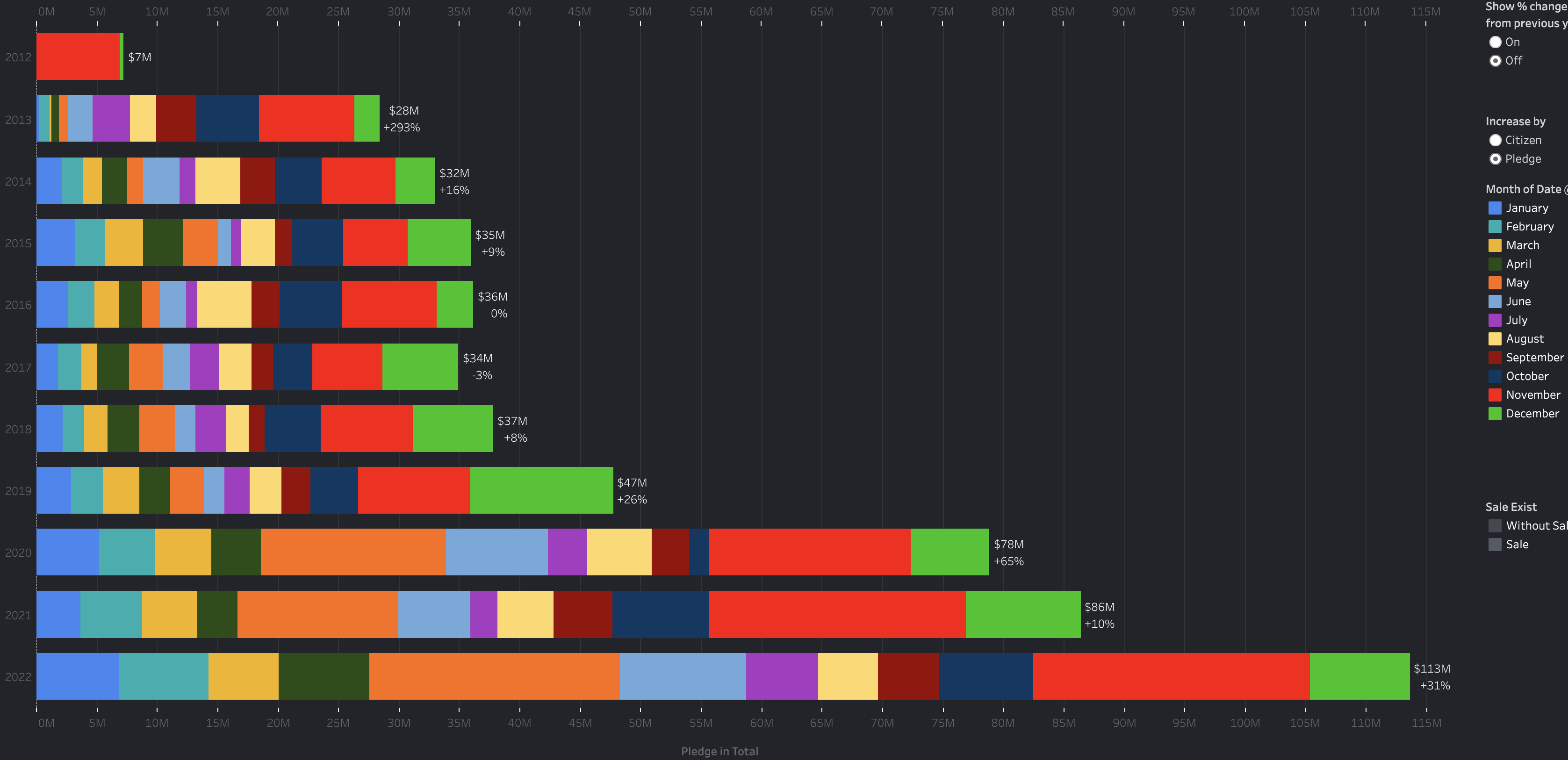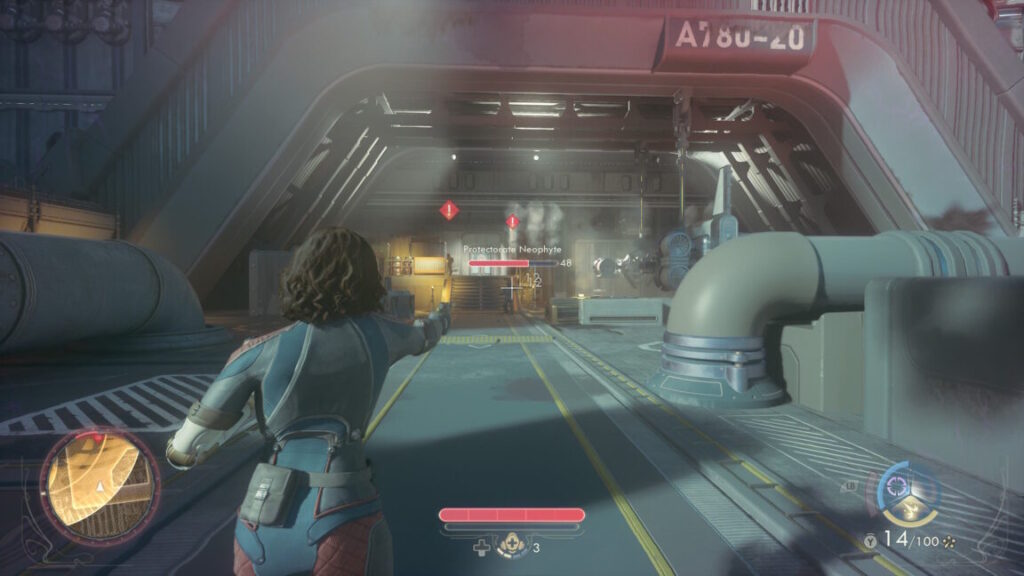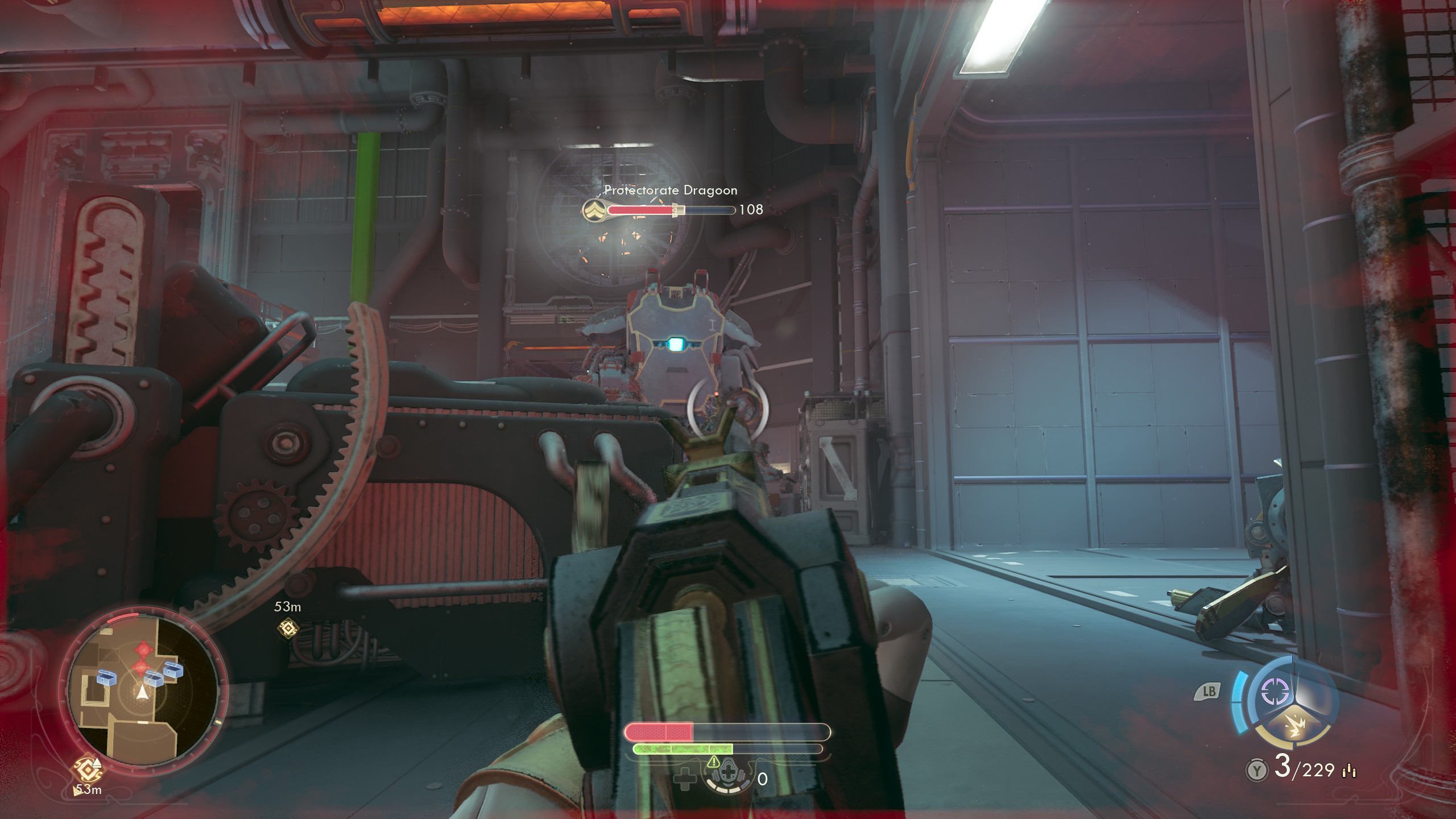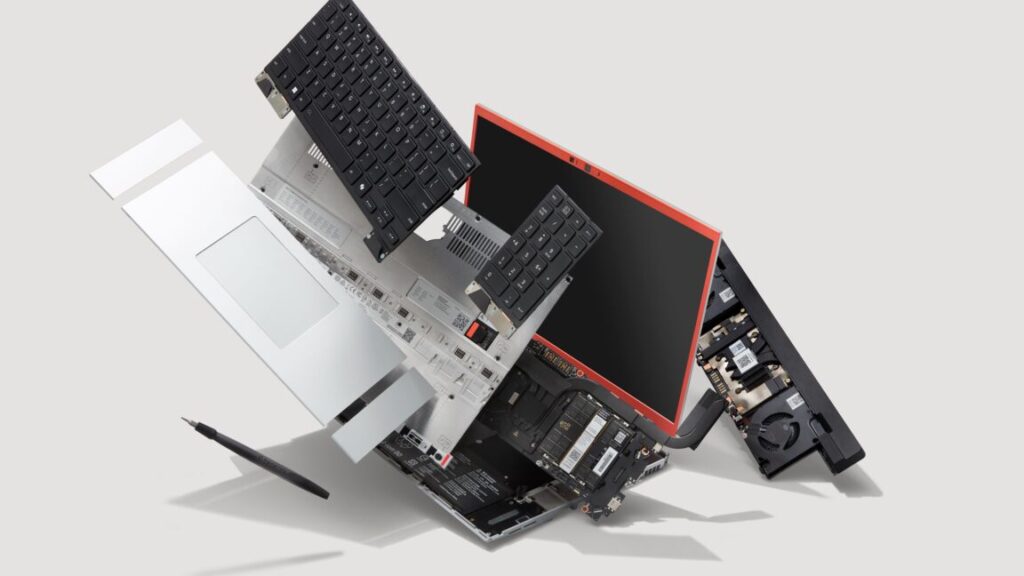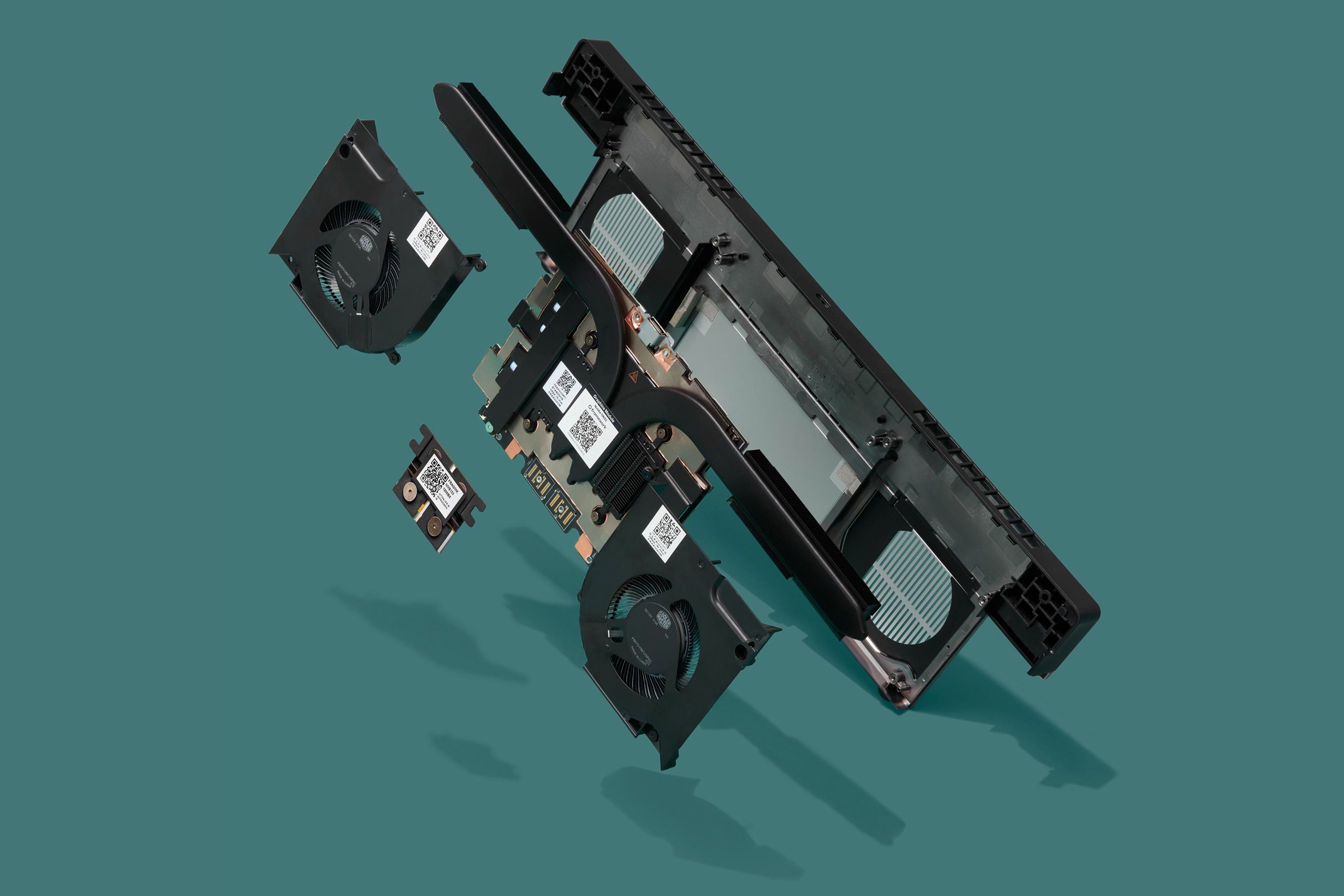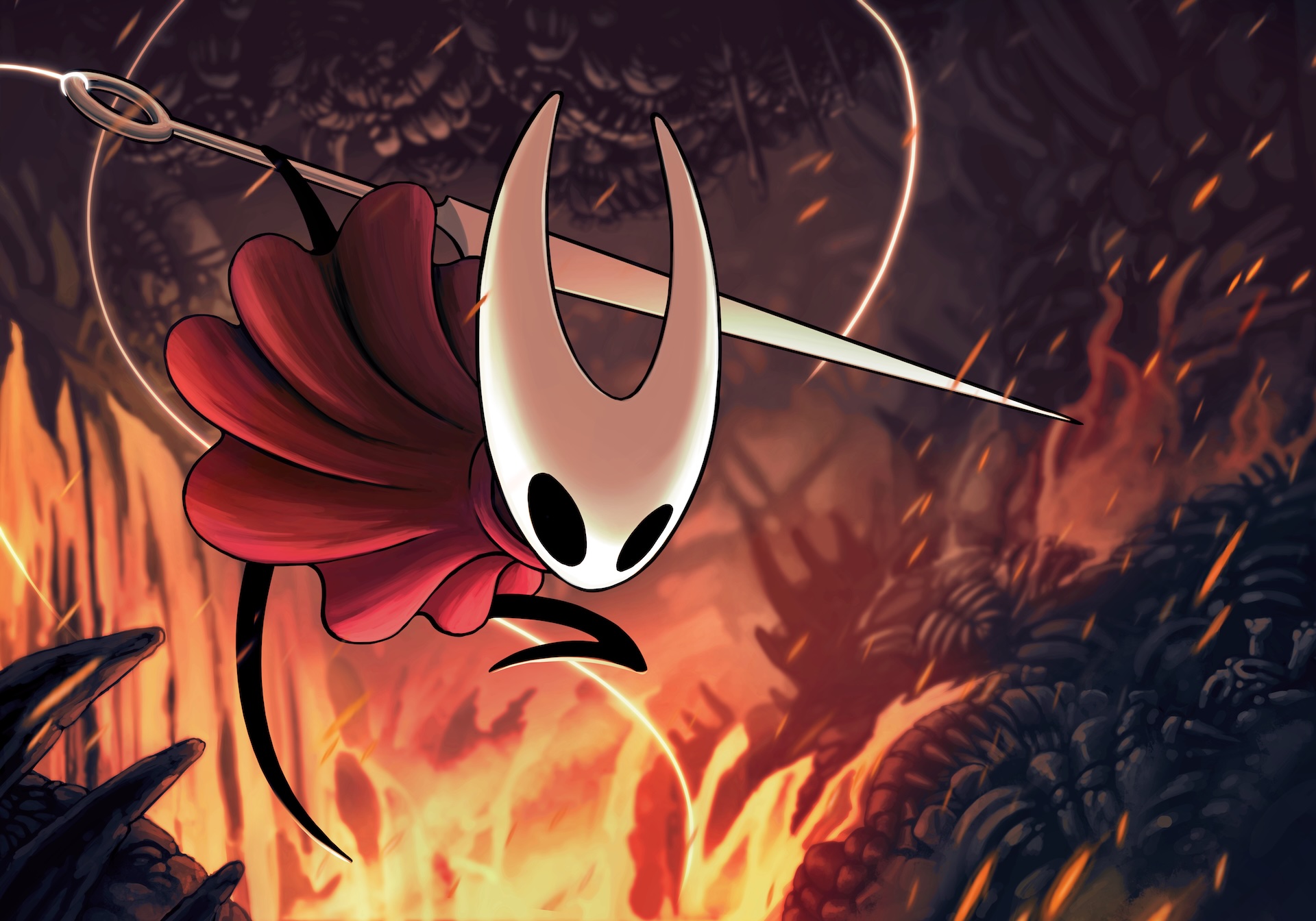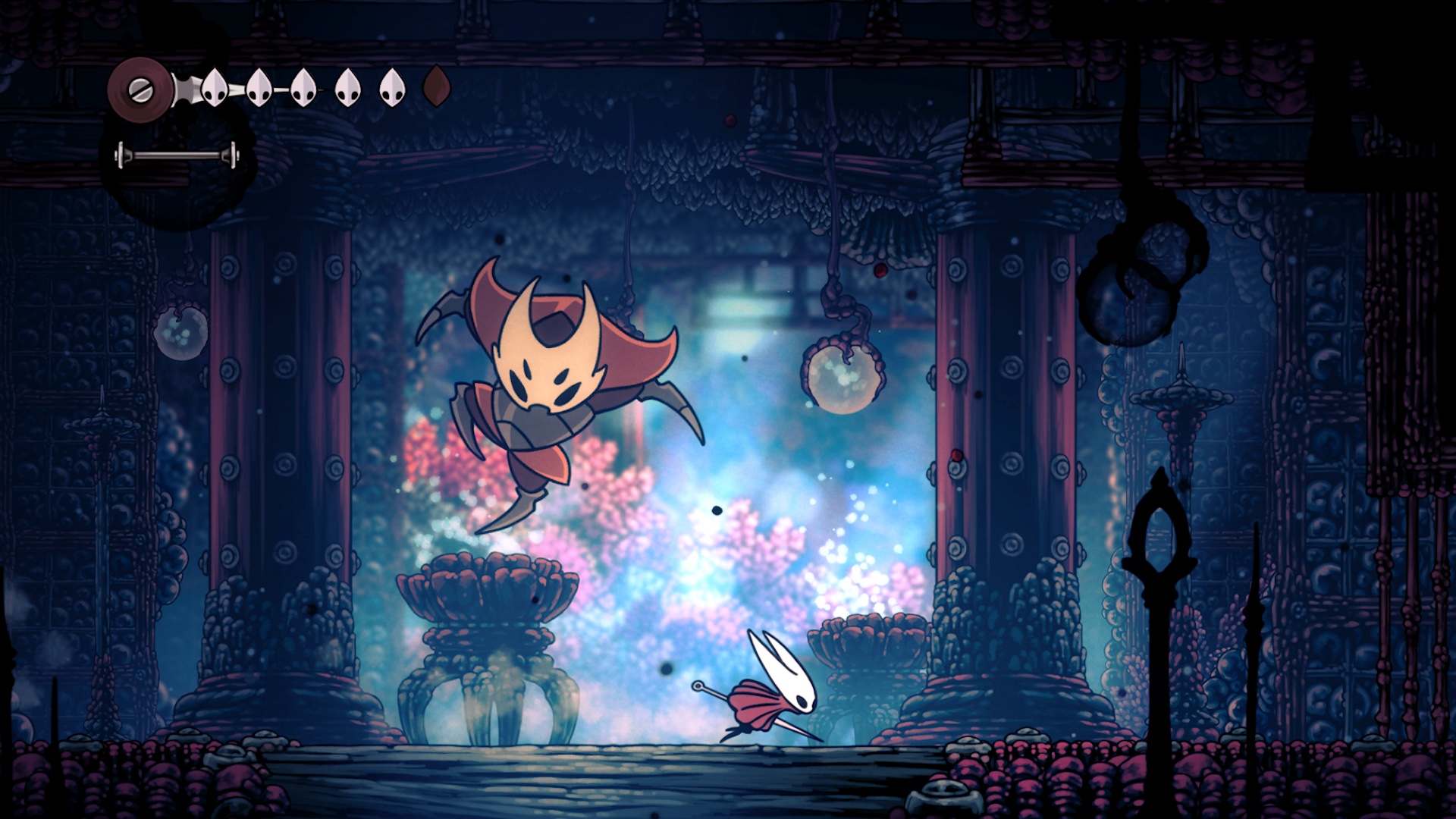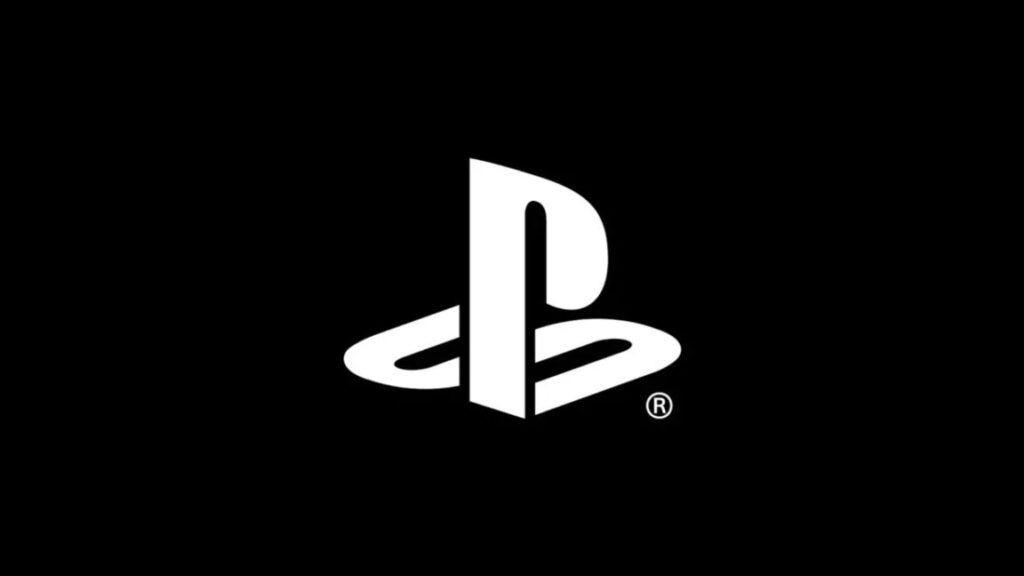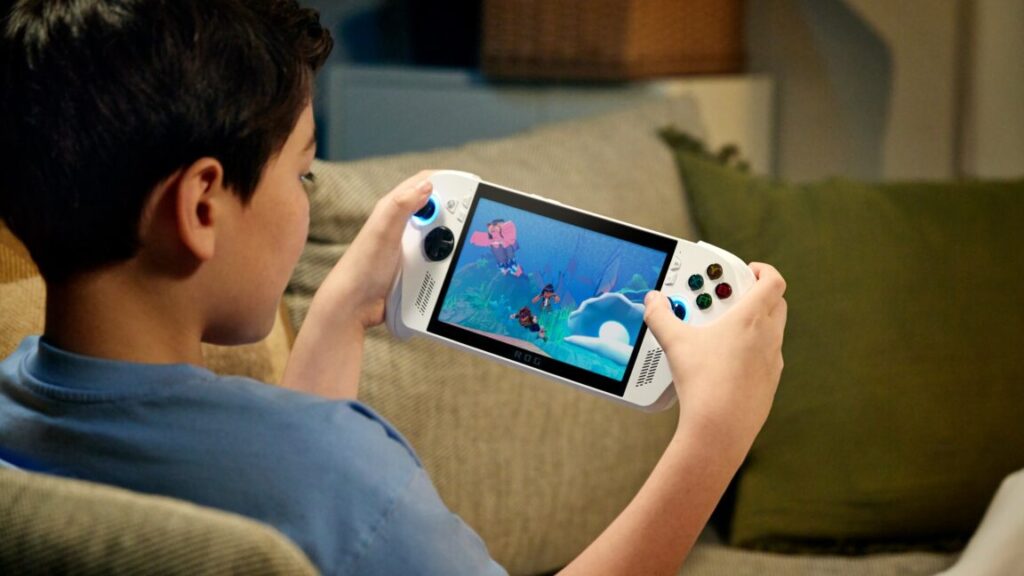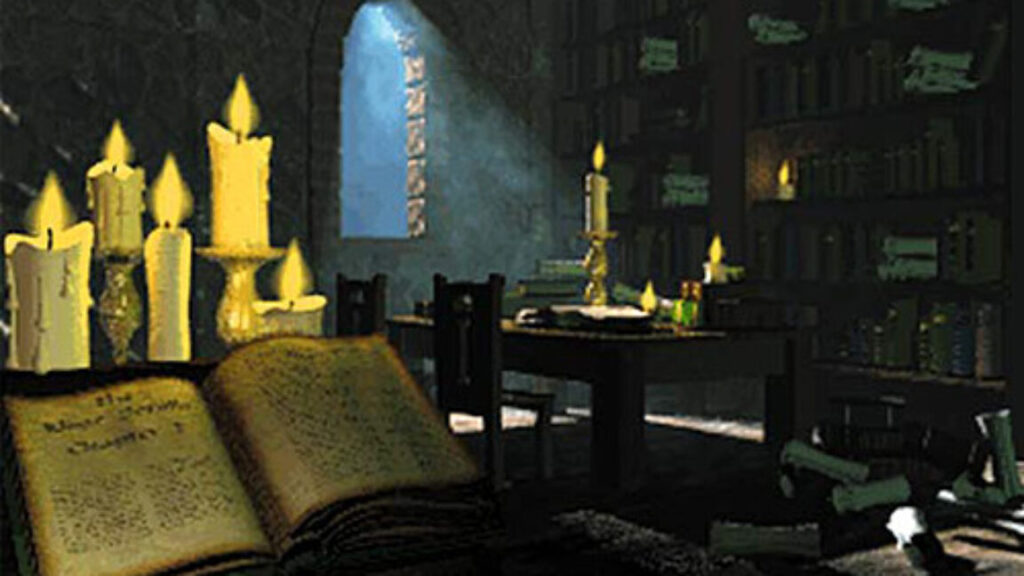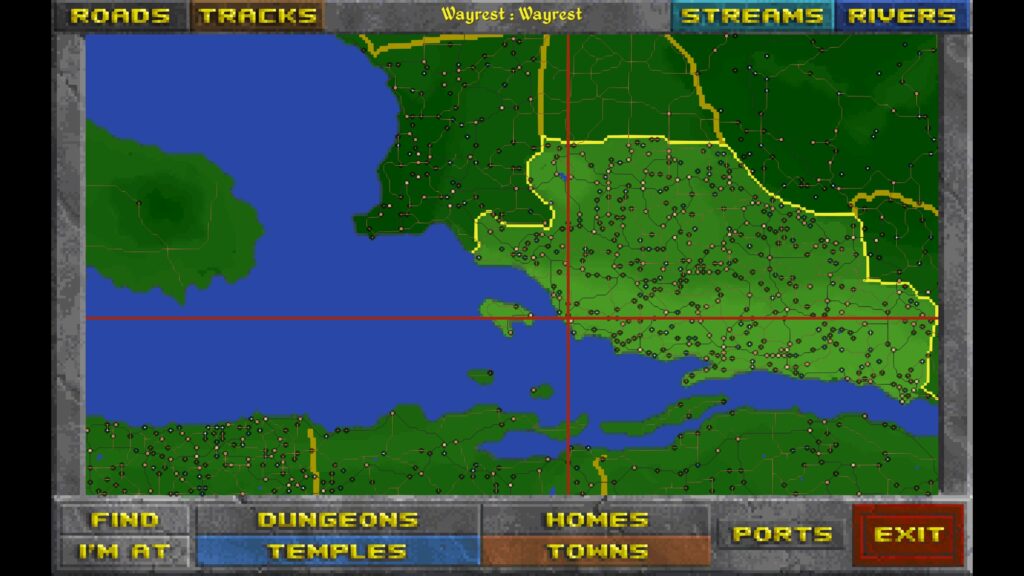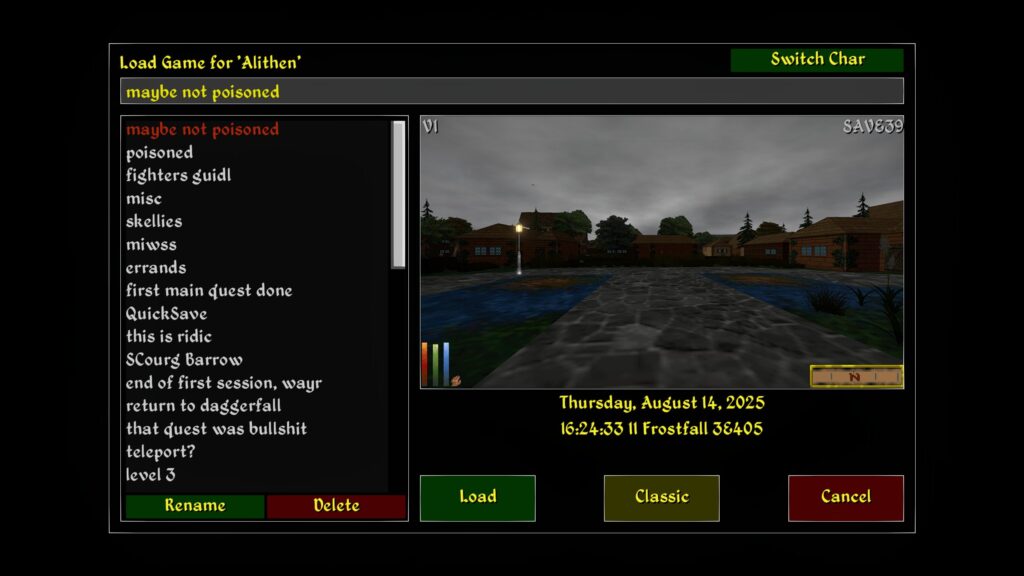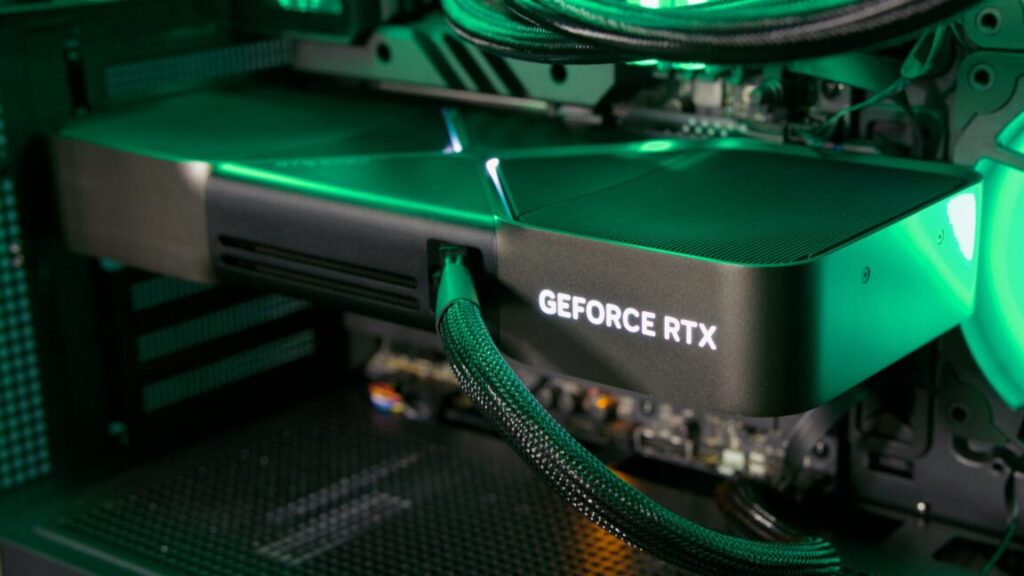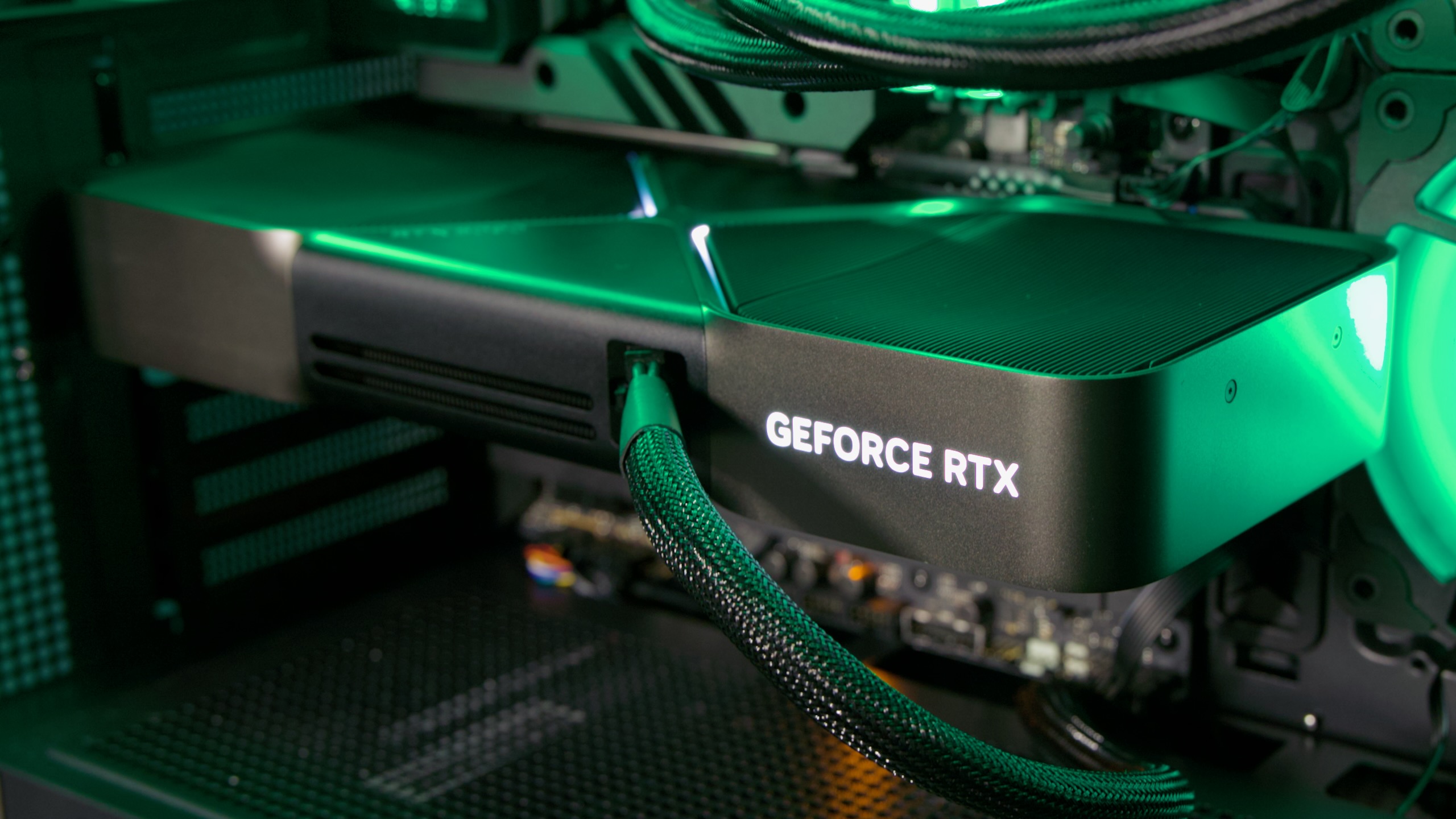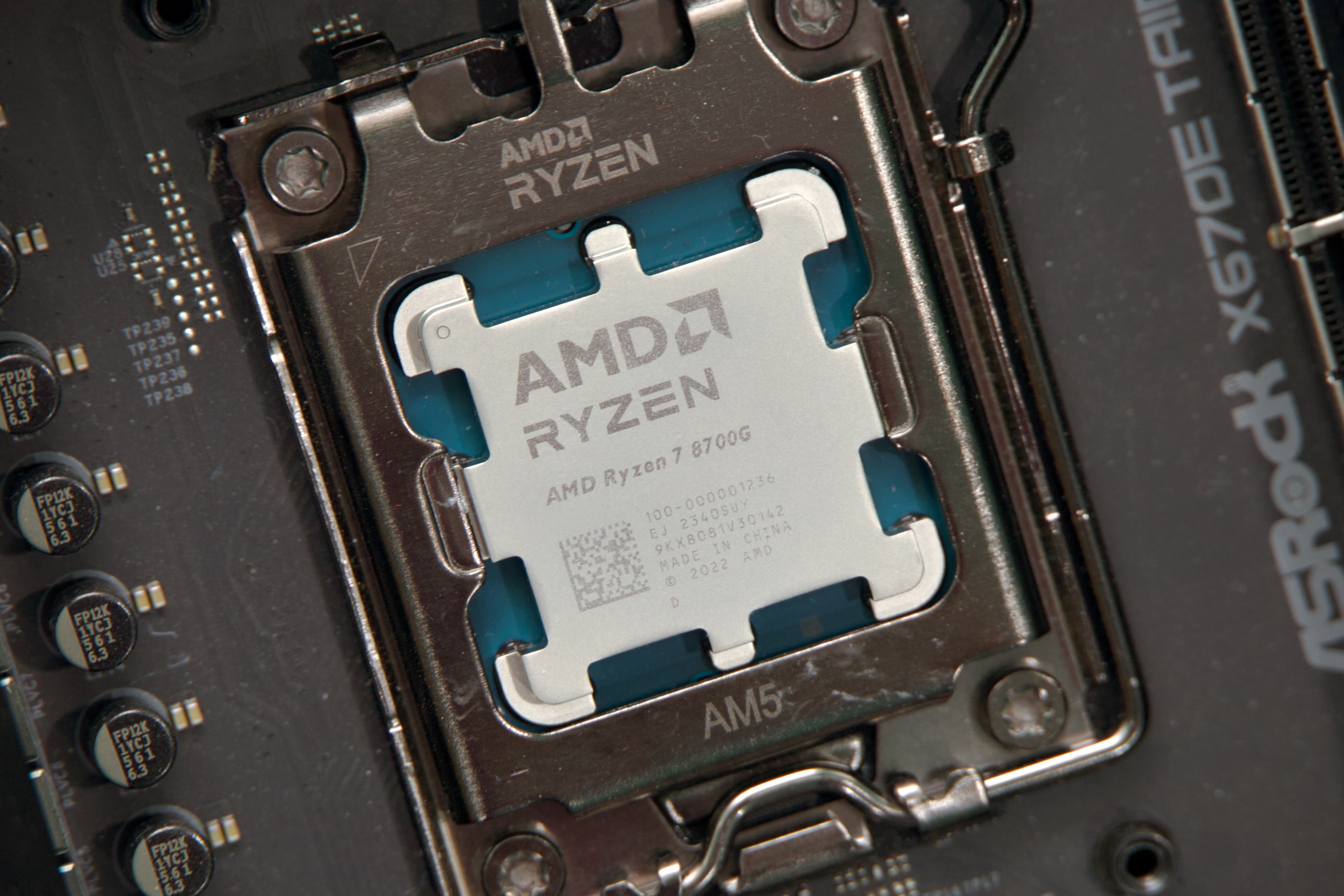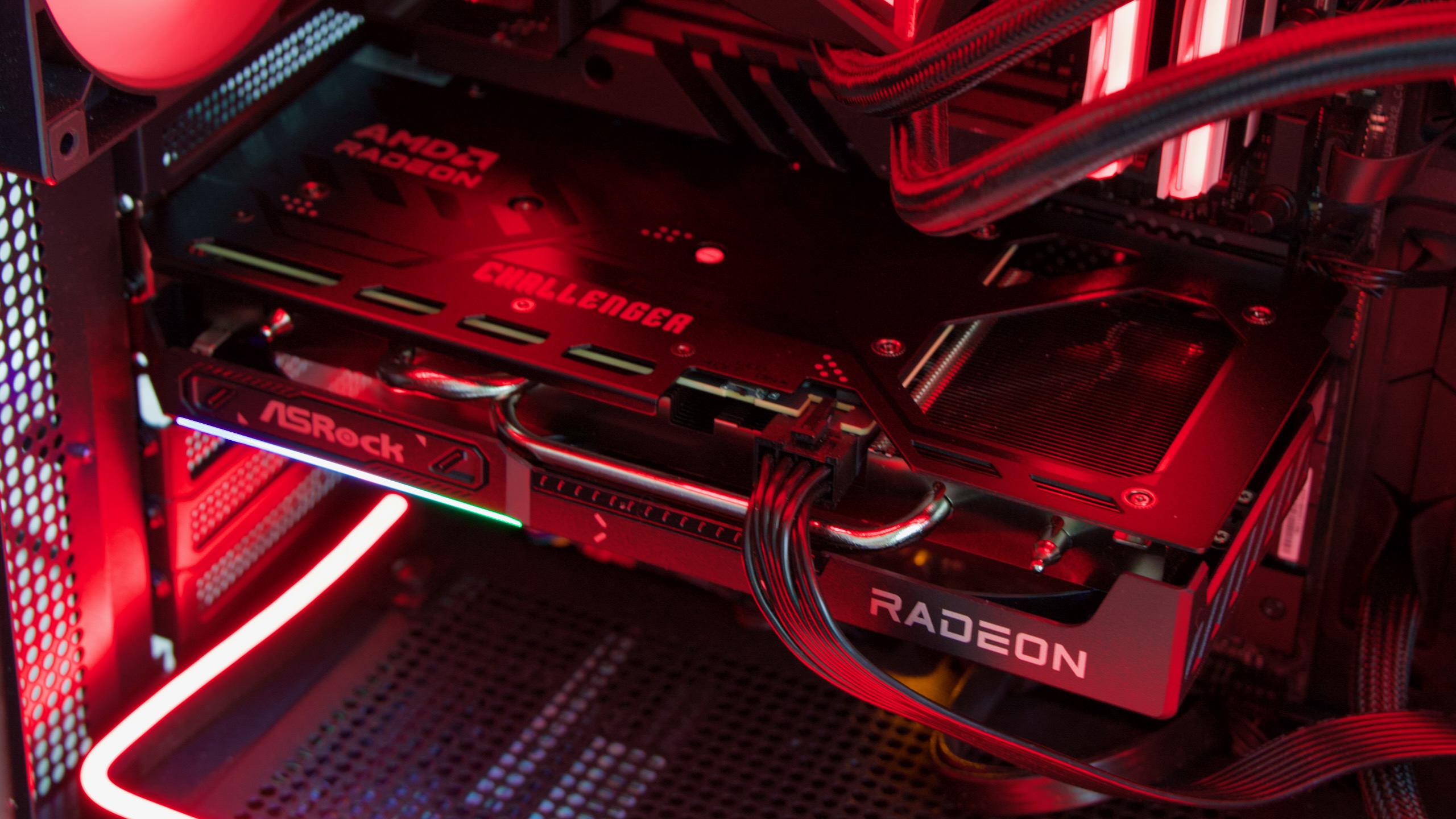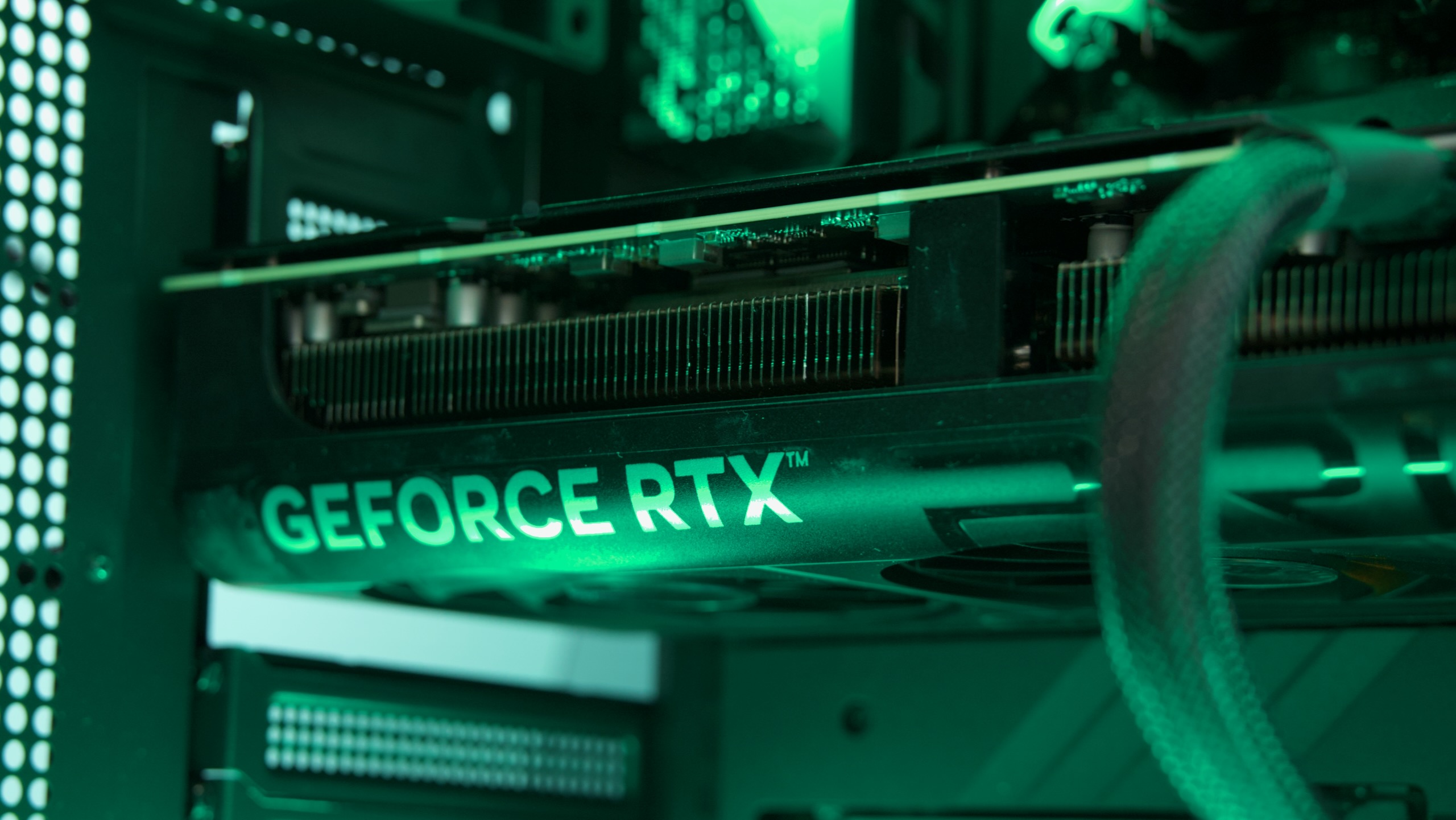Hollow Knight: Silksong is breaking Steam, Nintendo’s eShop
An influx of players excited for this morning’s launch of Hollow Knight: Silksong are encountering widespread errors purchasing and downloading the game from Steam this morning. Ars Technica writers have encountered errors getting store pages to load, adding the game to an online shopping cart, and checking out once the game is part of the cart.
That aligns with widespread social media complaints and data from DownDetector, which saw a sudden spike of over 11,000 reports of problems with Steam in the minutes following Silksong‘s 10 am Eastern time release on Steam. The server problems don’t seem to be completely stopping everyone, though, as SteamDB currently reports over 100,000 concurrent players for Silksong as of this writing.
Ars also encountered some significant delays and/or outright errors when downloading other games and updates and syncing cloud saves on Steam during this morning’s server problems. The Humble Store page for Silksong currently warns North American purchasers that “We have run out of Steam keys for Hollow Knight: Silksong in your region, but more are on their way! As soon as we receive more Steam keys, we will add them to your download page. Sorry about the delay!”
The PC version of Silksong currently seems to be available for purchase and download without issue. Ars was also able to purchase and download the Switch 2 version of Silksong from the Nintendo eShop without encountering any errors, though others have reported problems with that online storefront [Update: As of 11:18 am, Nintendo is reporting, “The [Nintendo eShop] network service is unavailable at this time. We apologize for any inconvenience this may cause].” The game is still listed as merely “Announced” and not available for purchase on its PlayStation Store page as of this writing.
Hollow Knight: Silksong is breaking Steam, Nintendo’s eShop Read More »

